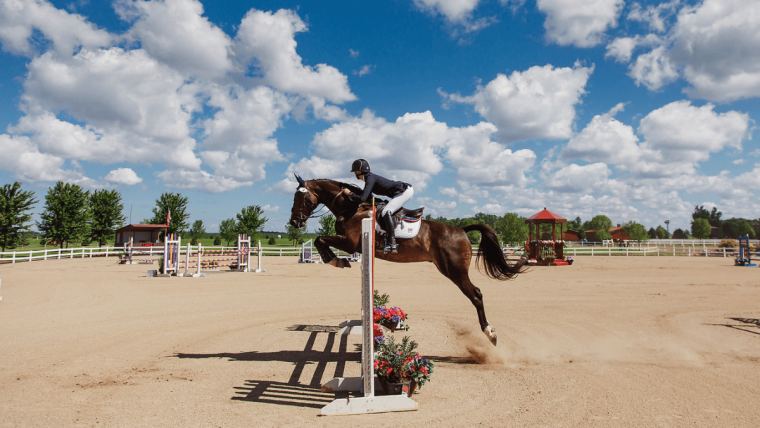The Horse in the Modern World: From Sport to Therapy

Horses have been companions to humans for thousands of years, evolving from essential work animals to multifaceted partners in modern society. Today, their roles extend far beyond traditional uses, encompassing competitive sports, therapeutic practices, and even cultural symbolism.
Horses in Sport
Horses are central to many sports worldwide, showcasing their agility, strength, and speed. Popular equestrian sports include:
- Show Jumping: Riders and horses navigate a course of obstacles, testing precision and timing.
- Dressage: Often described as “horse ballet,” this sport emphasizes grace, control, and harmony between horse and rider.
- Eventing: A triathlon of equestrian sports combining dressage, cross-country, and show jumping.
- Horse Racing: One of the oldest and most popular sports, involving speed and strategy.
These sports not only highlight the athleticism of horses but also foster deep bonds between humans and animals.
Horses in Therapy
Beyond sports, horses play a vital role in therapeutic settings, known as equine-assisted therapy or hippotherapy. This form of therapy leverages the horse’s movement and presence to aid individuals with physical, emotional, and cognitive challenges. Benefits include:
- Improved balance and coordination
- Enhanced emotional regulation and confidence
- Development of social skills and communication
Therapeutic riding programs are increasingly recognized for their positive impact on people with disabilities, trauma, and mental health conditions.
Cultural and Social Significance
Horses continue to hold cultural importance in many societies, symbolizing freedom, power, and nobility. They appear in art, literature, and ceremonies, reflecting their enduring connection to human history.
Conclusion
In the modern world, horses are much more than animals; they are athletes, therapists, and cultural icons. Their versatility and unique bond with humans ensure they remain relevant and cherished across various domains.
FAQ
Q: What is equine-assisted therapy?
A: It is a therapeutic approach that uses horse-related activities to improve physical and mental health.
Q: How do horses benefit athletes?
A: Horses provide physical challenges and companionship, enhancing riders’ fitness and emotional well-being.
Q: Are horses still used for work today?
A: While less common, horses are still used in agriculture and transportation in some regions.
Summary Table
| Role | Description | Benefits |
|---|---|---|
| Sport | Competitive equestrian events | Physical fitness, teamwork |
| Therapy | Equine-assisted therapy and hippotherapy | Physical and emotional healing |
| Cultural Symbol | Representation in art, literature, and rituals | Cultural identity and heritage |
